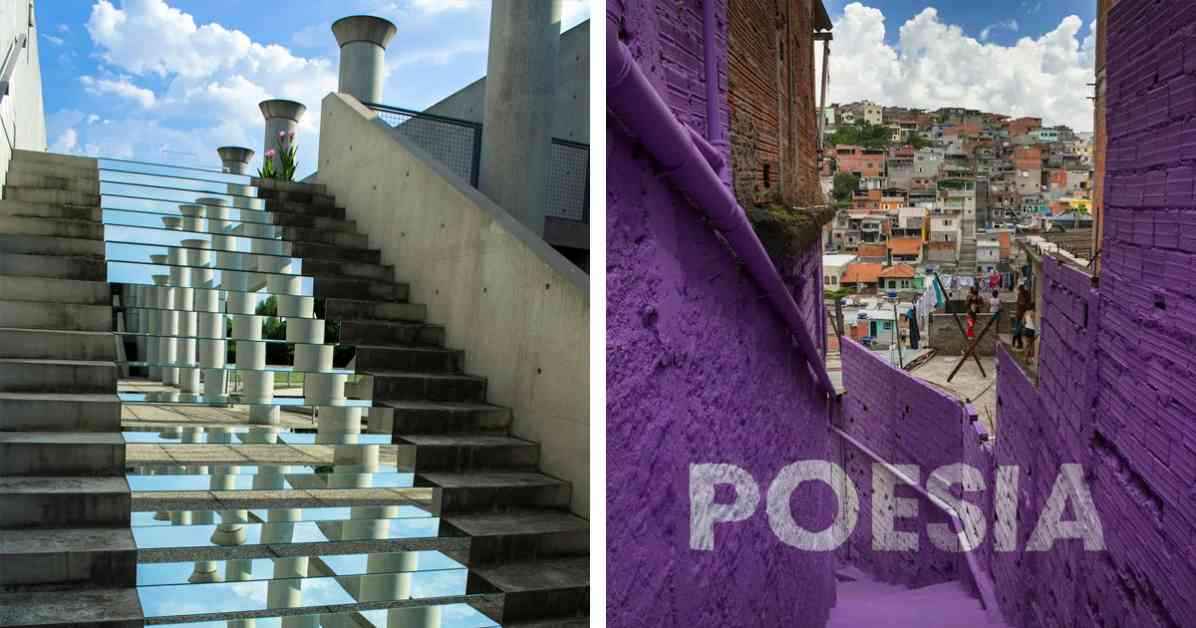A captivating new coffee table book, Illusion in Design, published by Rizzoli, challenges readers to unravel the mysteries of optical illusions across various creative disciplines. The book, much like a crossword puzzle, presents confounding images that offer clues without immediate answers, enticing readers to engage with the visual puzzles until the very end.
Illusion in Design delves into the fascinating world of trompe l’oeil in design, architecture, interiors, and art through its six compelling chapters. Each chapter showcases a range of optical illusions, from chairs seemingly floating in midair to rooms that play tricks on perception with cleverly placed mirrors. What sets this book apart is the deliberate absence of descriptive text, urging readers to interact with the images and unlock their secrets through observation and contemplation.
One of the standout illusions featured in the book is the Van Gogh Bedroom, a remarkable creation by the Art Institute of Chicago. At first glance, the room appears to be a flat, two-dimensional representation of Van Gogh’s iconic painting, complete with his distinctive color palette and brushstrokes. However, upon closer inspection, subtle hints of three-dimensionality begin to emerge, blurring the lines between reality and art. This ingenious bedroom, part of a promotional campaign for the museum’s Van Gogh’s Bedroom exhibit, offered visitors the unique opportunity to experience a real-life recreation of the renowned painting for just $10 a night in Chicago’s River North neighborhood.
Another awe-inspiring design highlighted in the book is the Mirrorcube, a stunning architectural marvel created by Tham & Videgård as part of Sweden’s Treehotel in Harads. This cube-shaped hut, nestled on the trunk of a tall pine tree, is entirely covered in highly reflective glass, seamlessly blending into its natural surroundings by reflecting the environment around it. The Mirrorcube challenges traditional notions of residential design by creating a harmonious interplay between architecture and nature through the clever use of optical illusions.
While some designers, like Boa Mistura, harness the power of anamorphism to create captivating illusions on natural landscapes, others explore the boundaries of depth and dimension through two-dimensional media. Mistura’s Anamorphosis Projects in Vila Brasilândia showcase the artist’s innovative approach to painting words across the undulating hills, creating a seamless blend of form and function that becomes legible only from a specific viewpoint.
No matter the form or medium, each entry in Illusion in Design captivates readers with its ability to challenge perceptions and blur the line between reality and illusion. The book serves as a testament to the boundless creativity and ingenuity of designers, architects, and artists who dare to push the boundaries of conventional design practices.
Illusion in Design is now available for purchase through Bookshop and the Rizzoli website, offering readers a glimpse into the mesmerizing world of optical illusions in the realm of design and creativity. Dive into this captivating book and embark on a journey of discovery where reality bends, and imagination soars.












